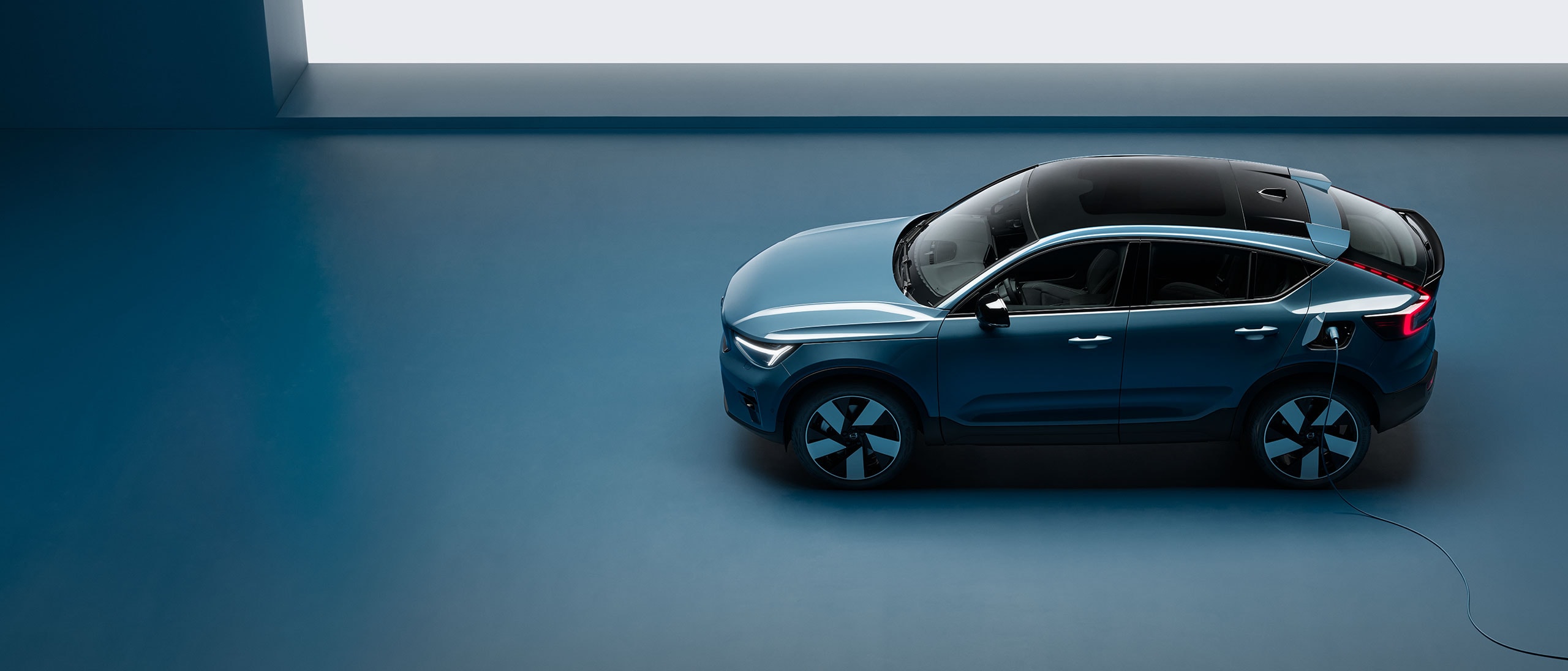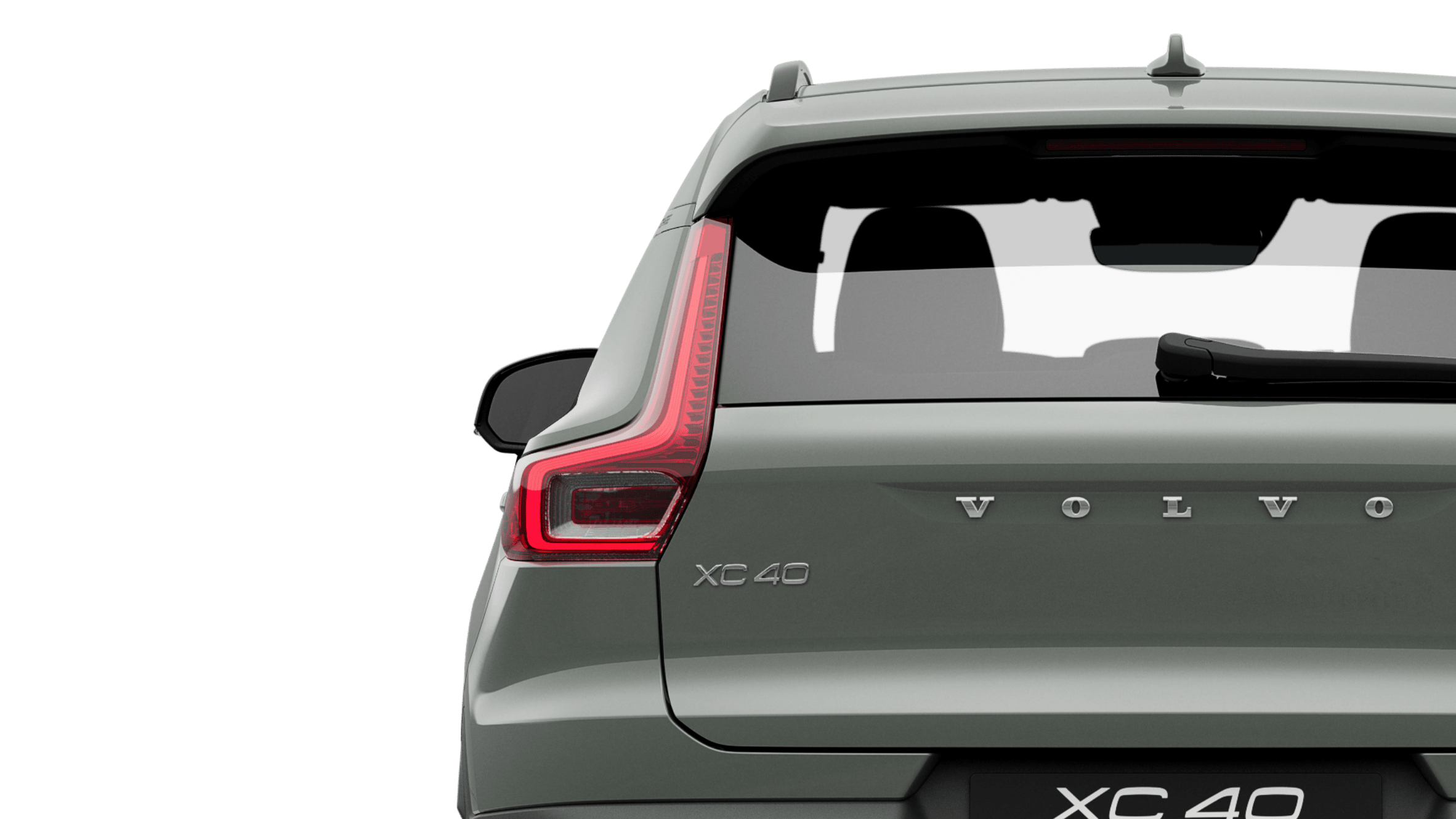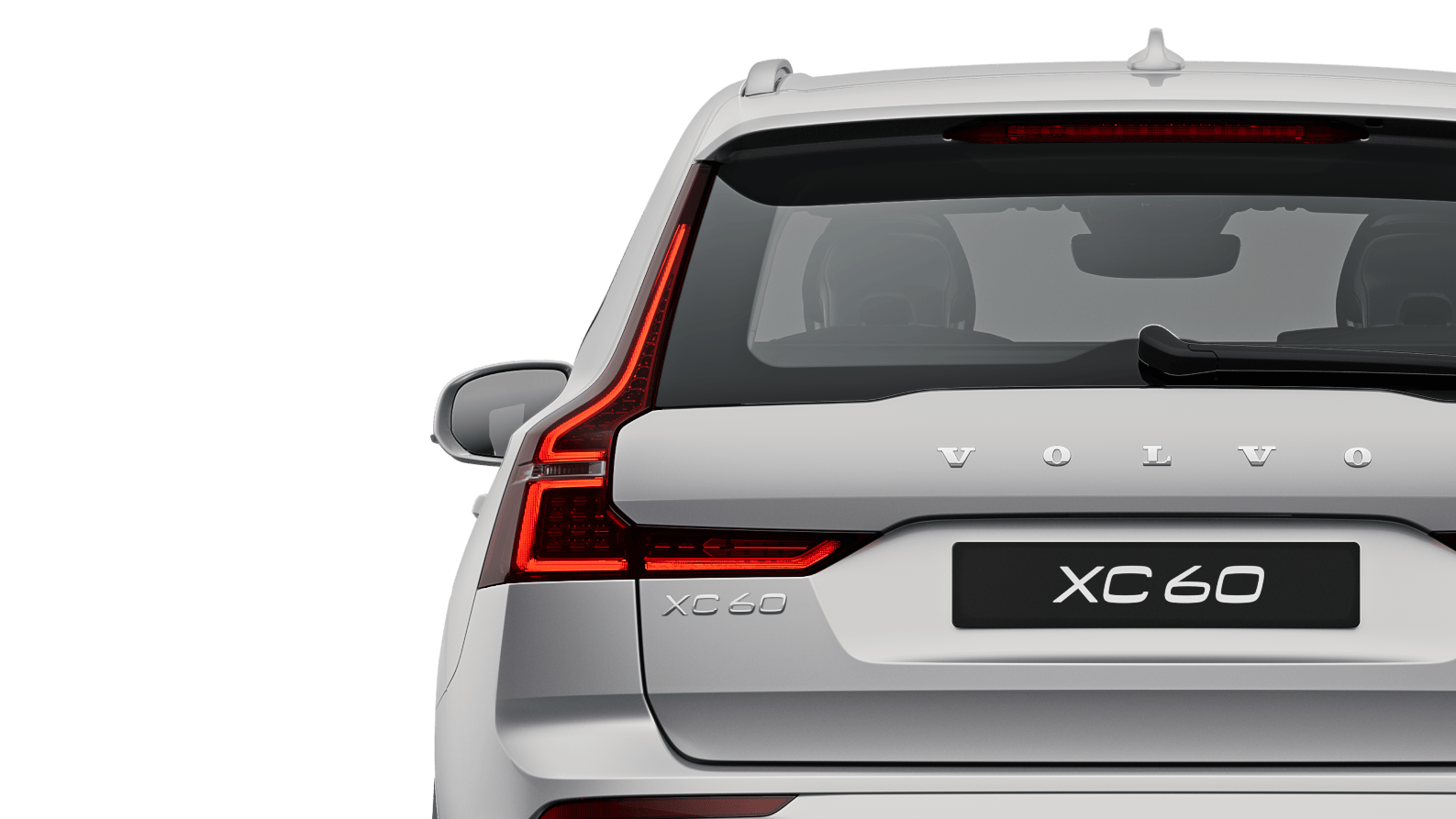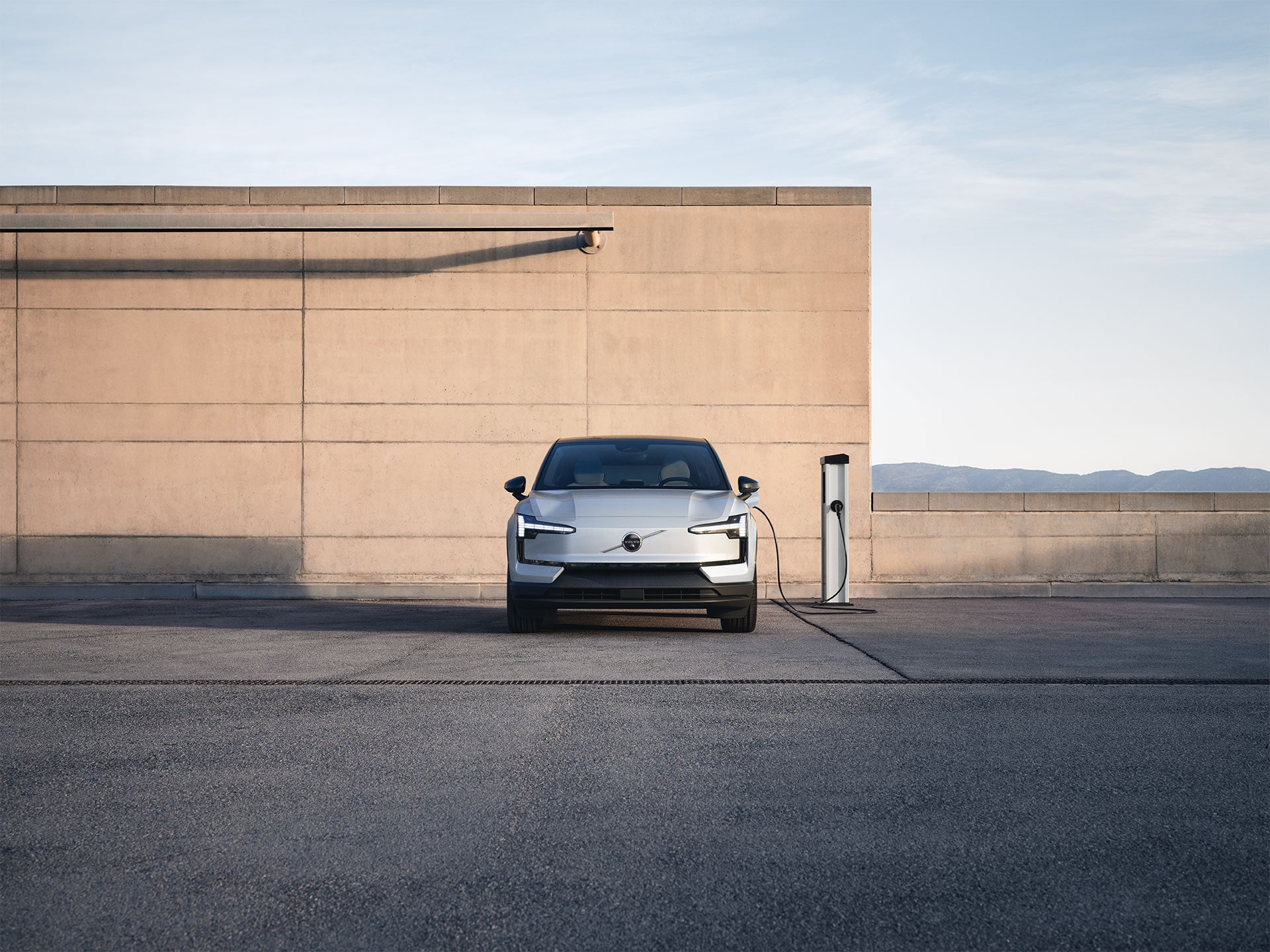
Start your electric driving journey with Volvo Cars

Start your electric driving journey with Volvo Cars
Browse our next-generation models and discover the everyday benefits that come with driving a Volvo electric car.
Fully electric cars
Our fully electric cars offer emissions-free driving without compromising range and power.

Plug-in hybrid cars
Plug-in hybrids pair an electric motor and a combustion engine for worry-free driving.


Make electric driving easier with our variety of no-hassle charging options. Create charging routines when rates are at their lowest.

We want to be climate neutral by 2040. Let’s all be part of the solution to reduce environmental impact.